Craig Larman states that creating an Actor[/User]-Goal list in form of some table/grid is a good technique for finding Use Cases during Requirements Analysis. (Applying UML and Patterns - P. 69 ff)
Some simple two-column table should be enough to provide a good Overview for this example; imagine following Actor-Goal List:
Actor Goal
Admin Create User
" Read User
" .. (full CRUD)
" CRUD Entry
" Assign Entry (to User)
" ..
User Create Entry
" .. (full CRUD)
" CRUD himself?
" ..
Admin can do what User can + more like managing the Users of the System under Development or assigning Entries to them.
Admin and User clearly are sharing some Goals(Can we use the term Use Case yet?).
Im not really sure where to go from here in terms of refining this Actor-Goal list.
My brain tells me that i can spare time and effort by reusing/abstraction here, so I will most likely end up with one common superclass implementing the CRUD Entry behaviour, where Admin is extending the functionality by the Manage Goals(CRUD User, assign, etc.).
But I know that this is rather a question of Design than Analysis.
I also know that I can write the Use Case for this in isolation: I dont have to state who exactly uses it, I just need to know that it's some entity which is adhering to the given contract[/interface].
When is the time to start thinking about abstraction?
Am I overcomplicating things by doing so right now?
Should We leave the Actor-Goal list like above and check it off as a "complete" Artifact?
Since the classical purpose of an Actor-Goal list is to provide some quick overview for our next Artifact - the Use Case Diagram - could we begin the transition right here?:

The Use Case Diagram makes the whole reusing part much more visible (at least to me). Would it be advisable to adopt the redundancy right now and take care of it during later stages (e.g. design)?
Appreciate your input!
EDIT: Also I'm not quite sure about the User CRUDing himself.. But lets keep things simple and stick to the main question.